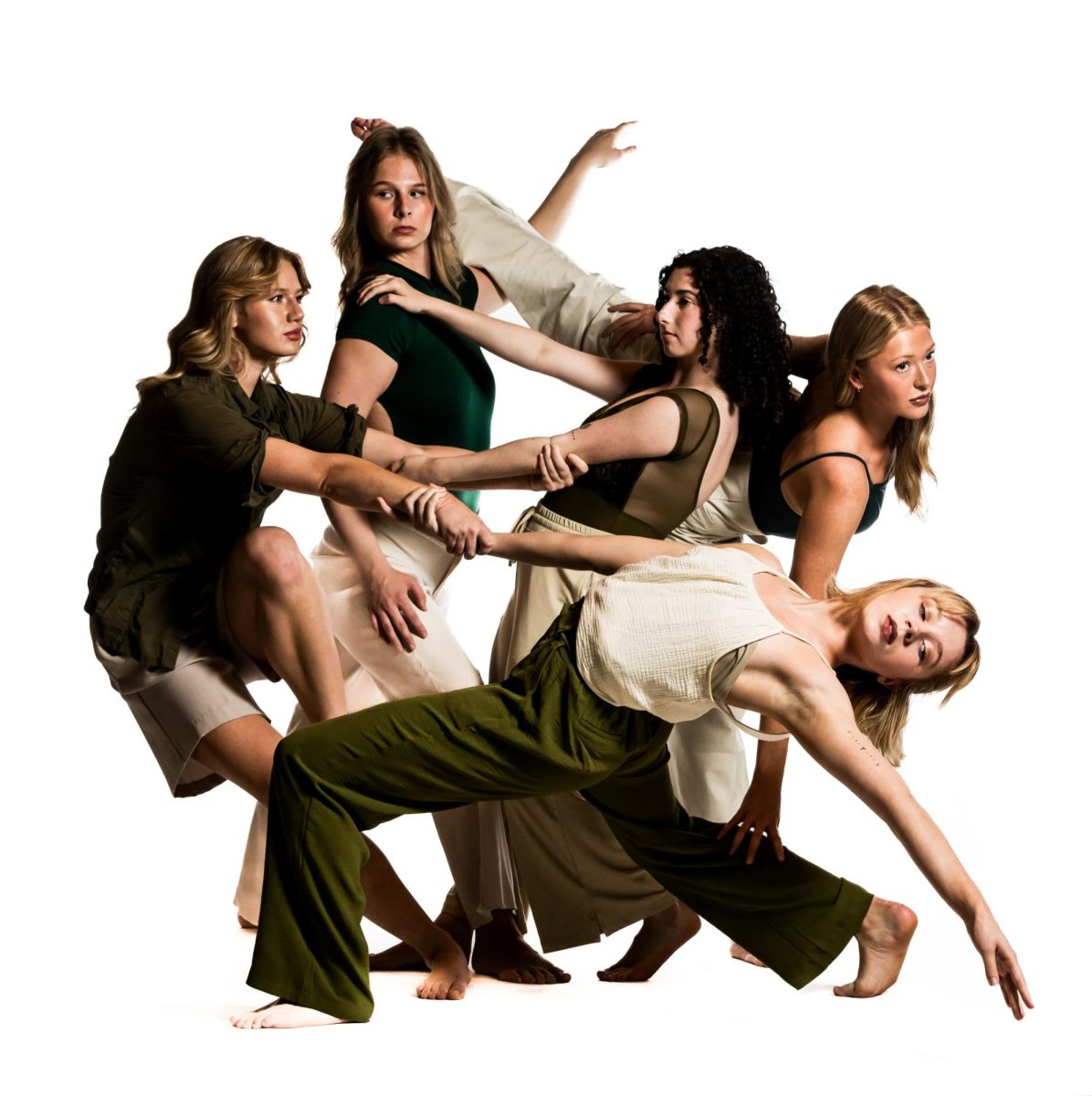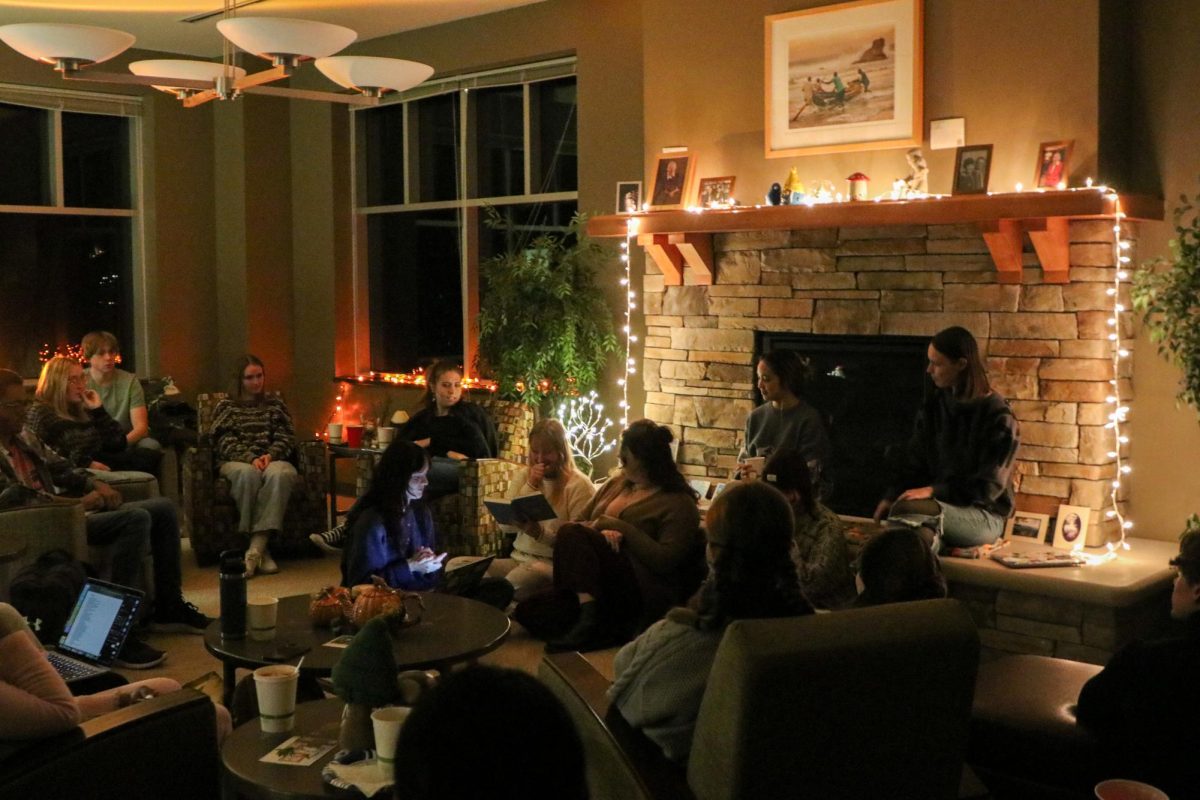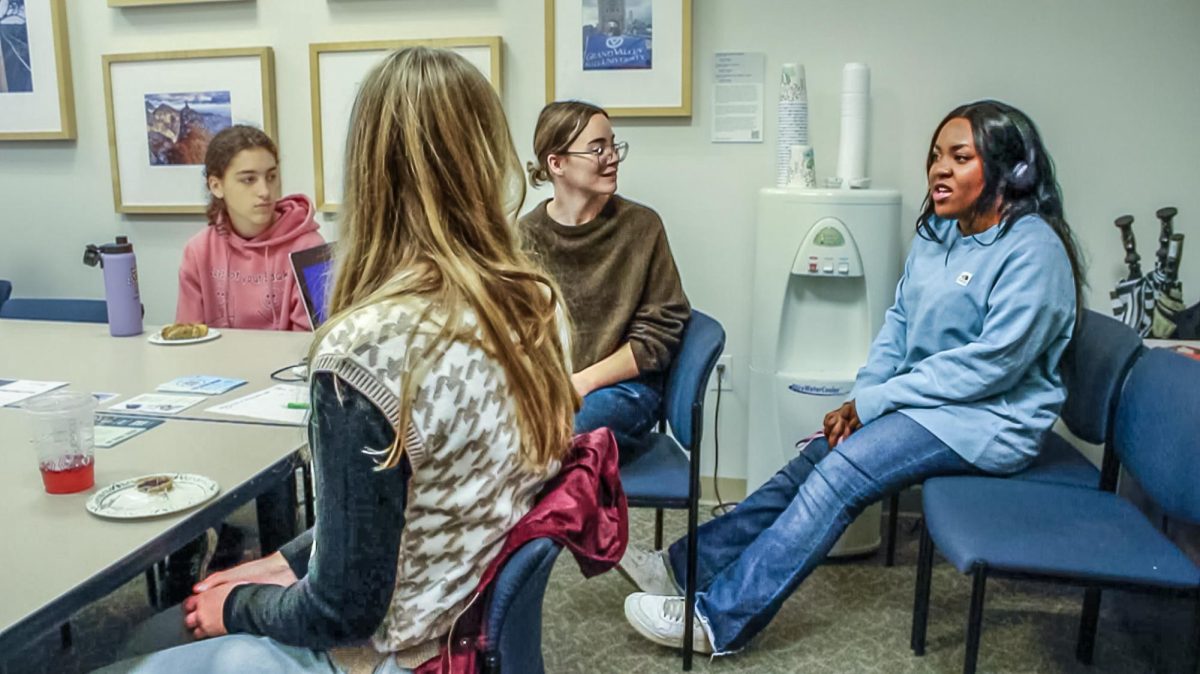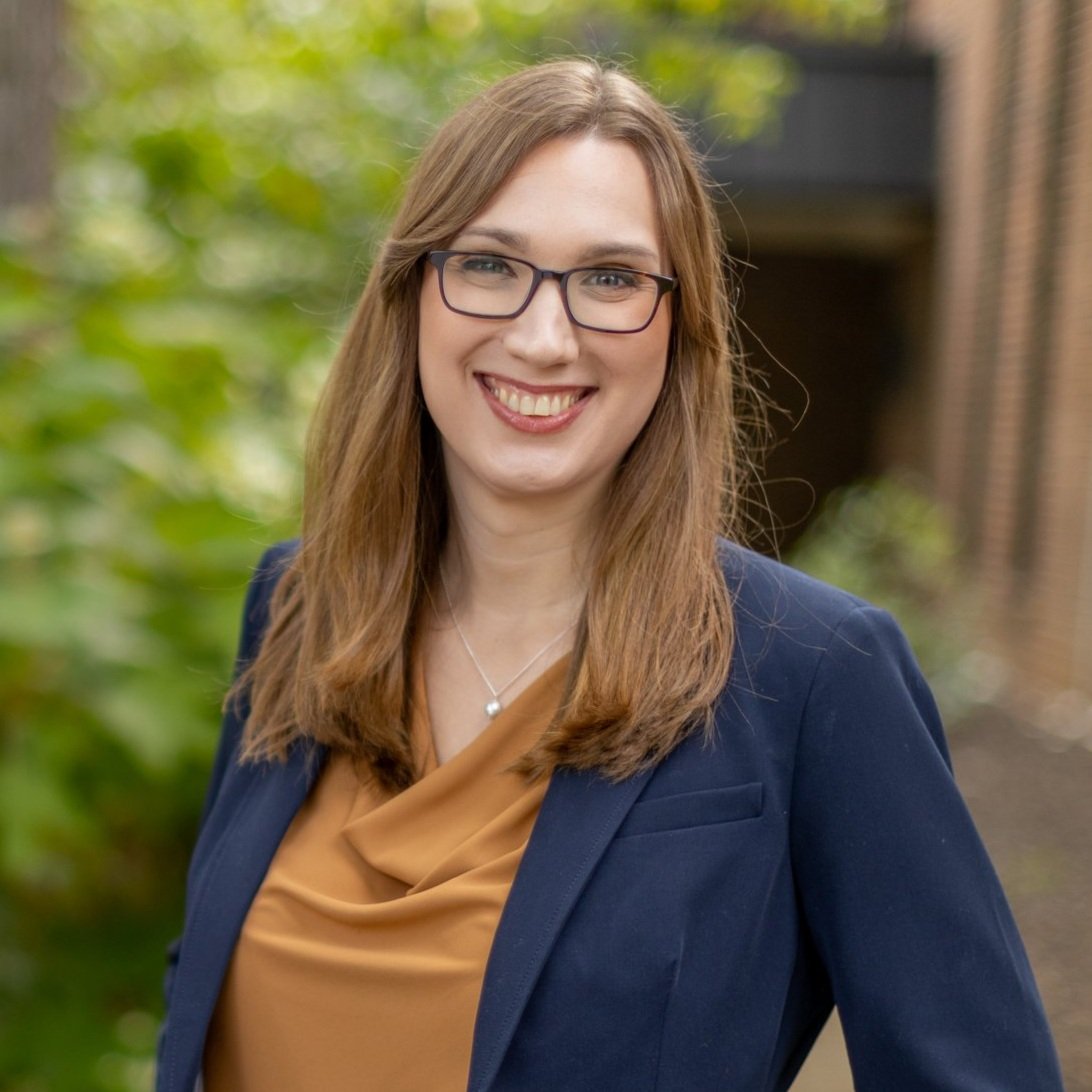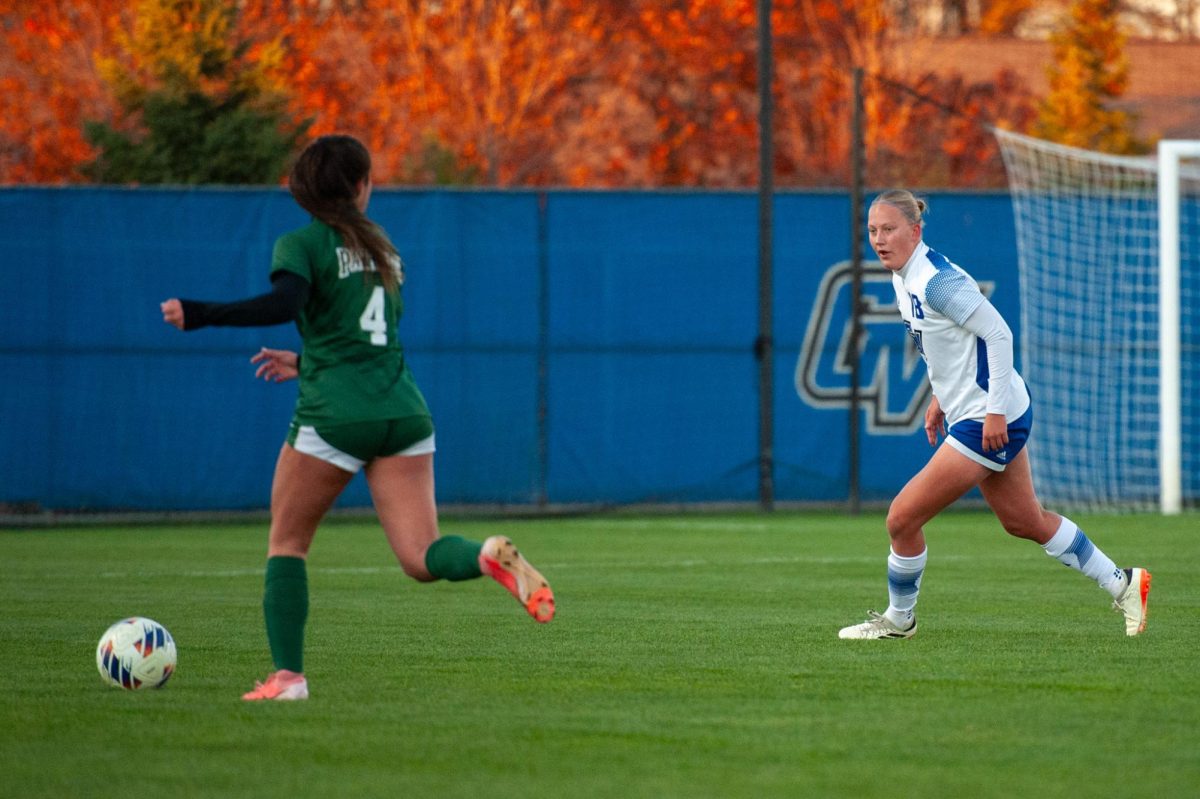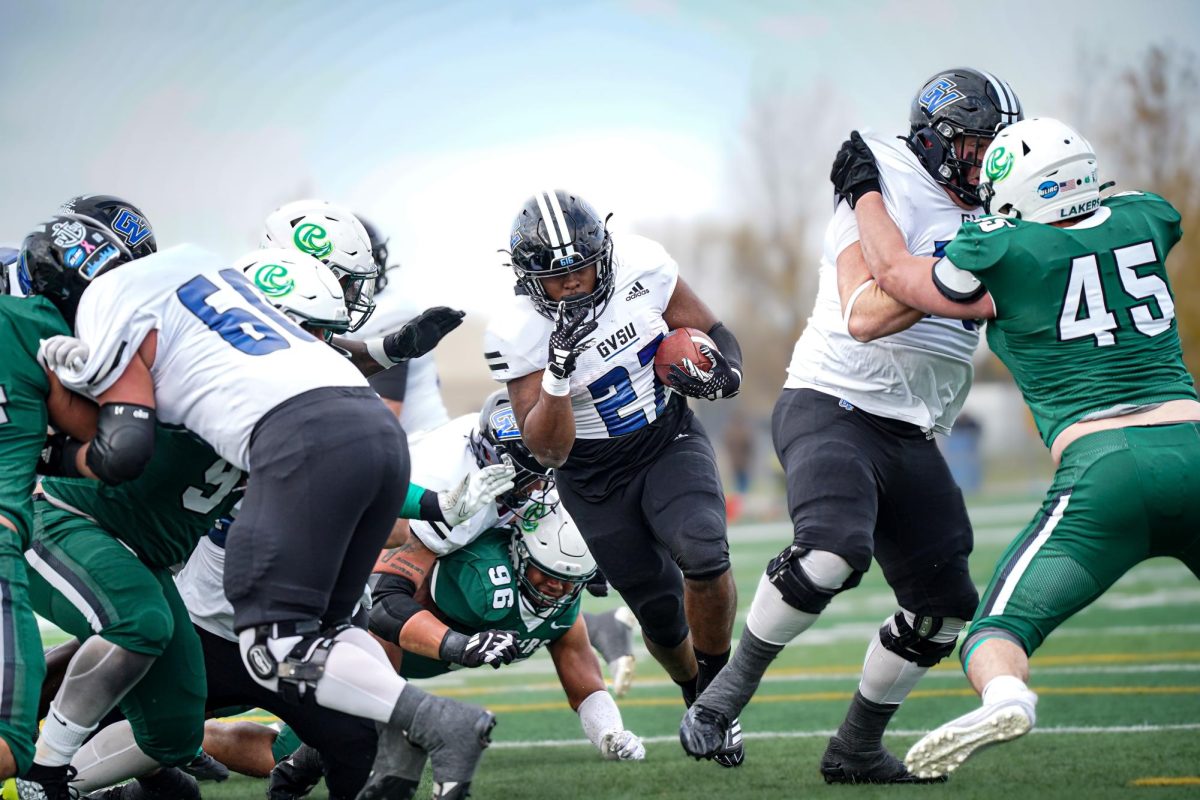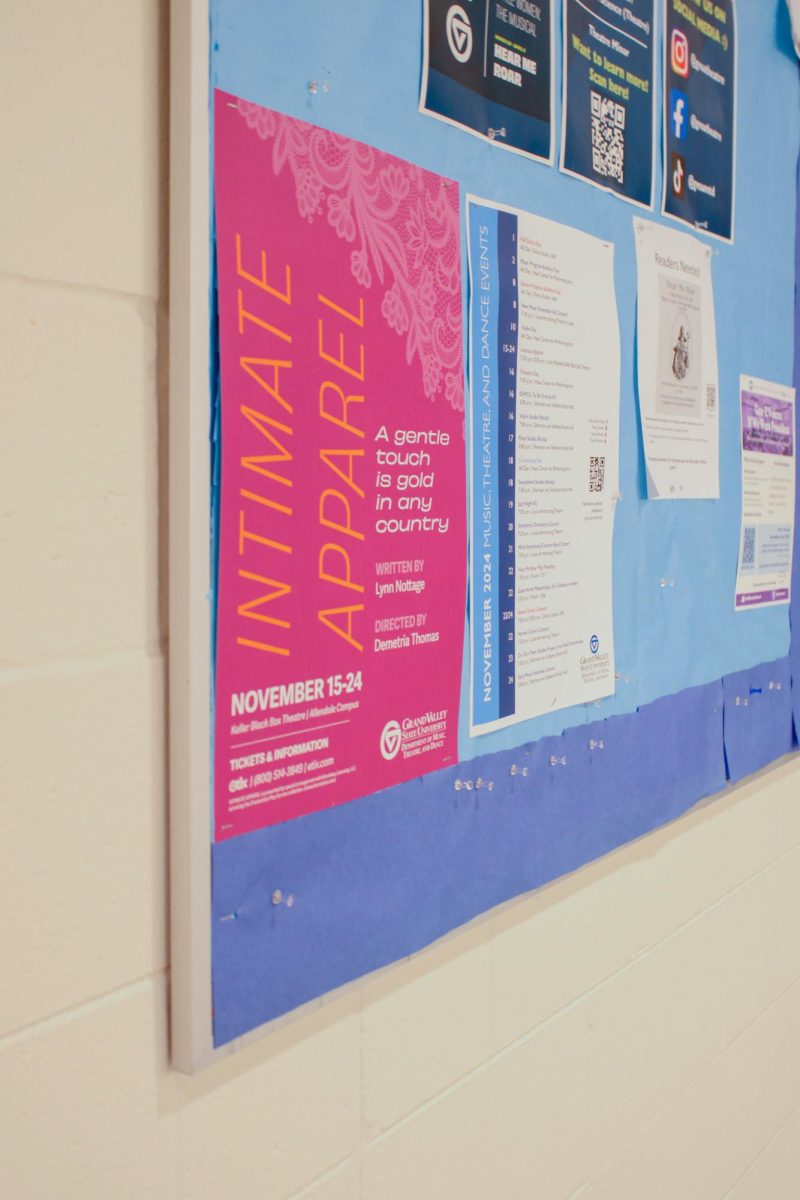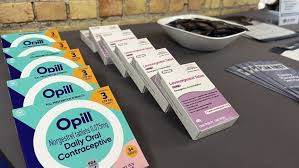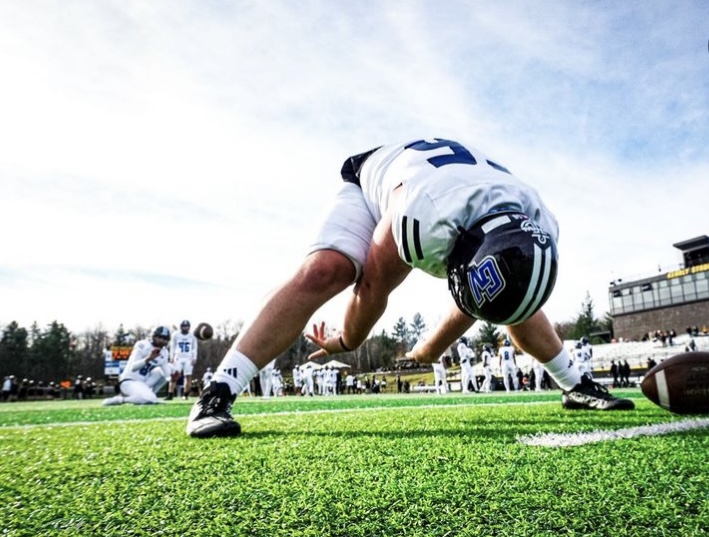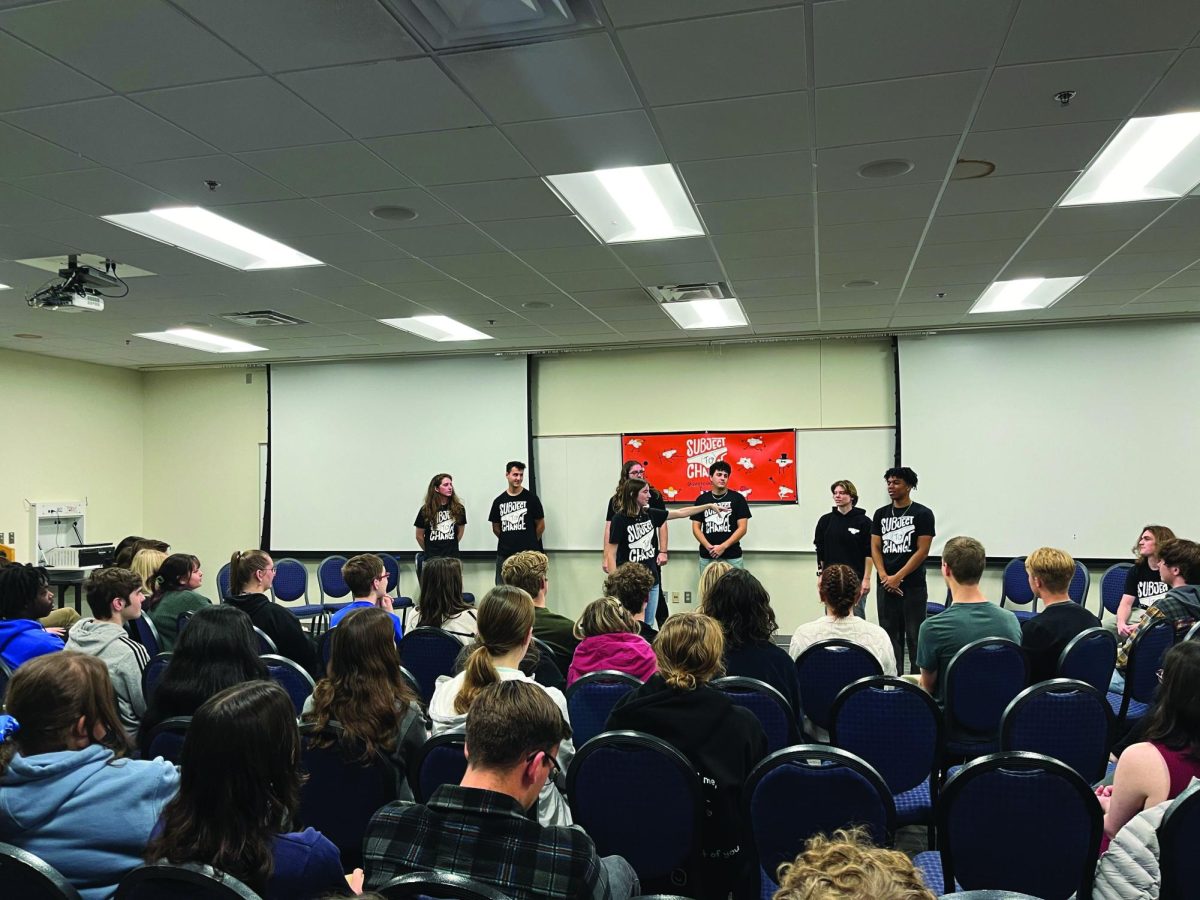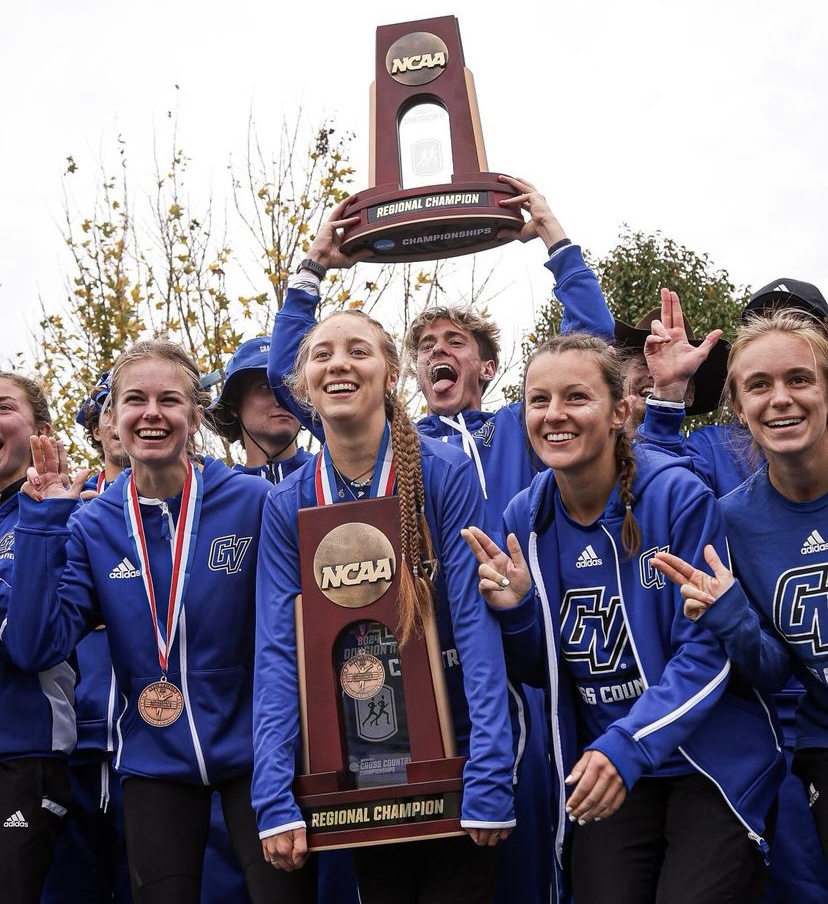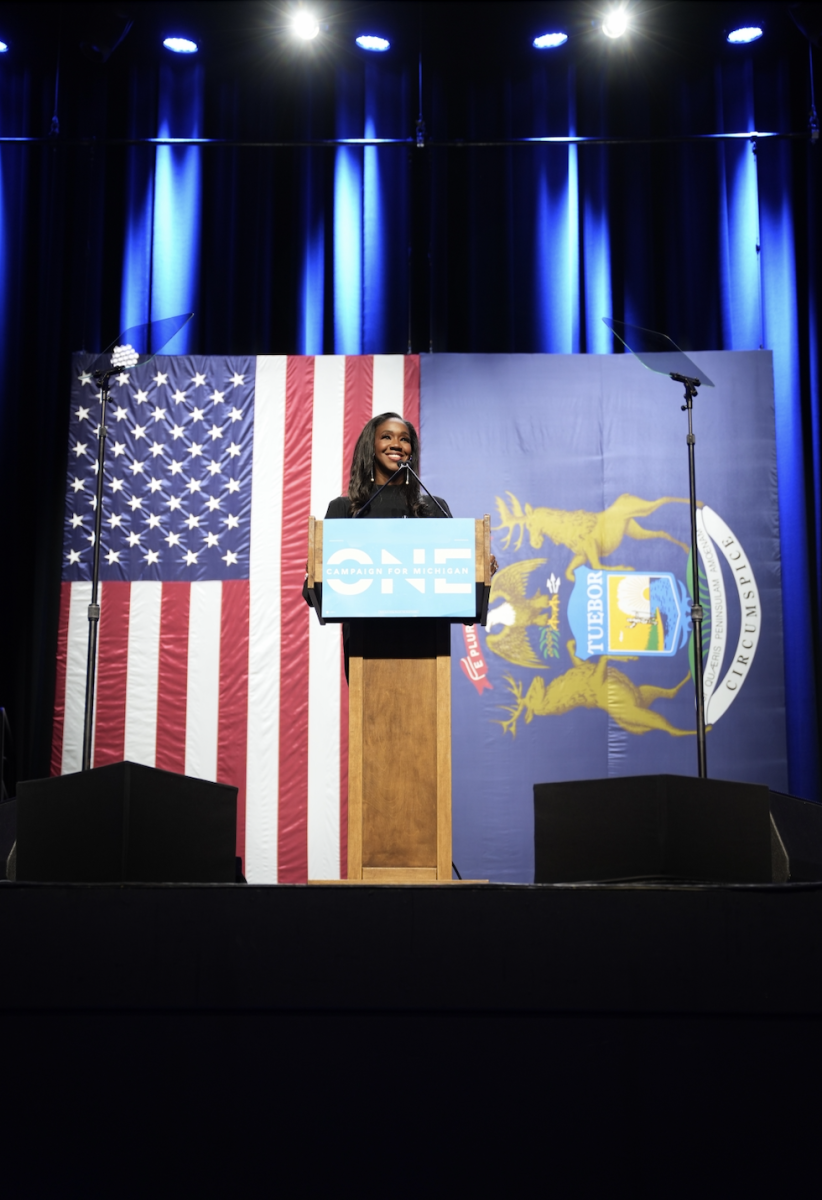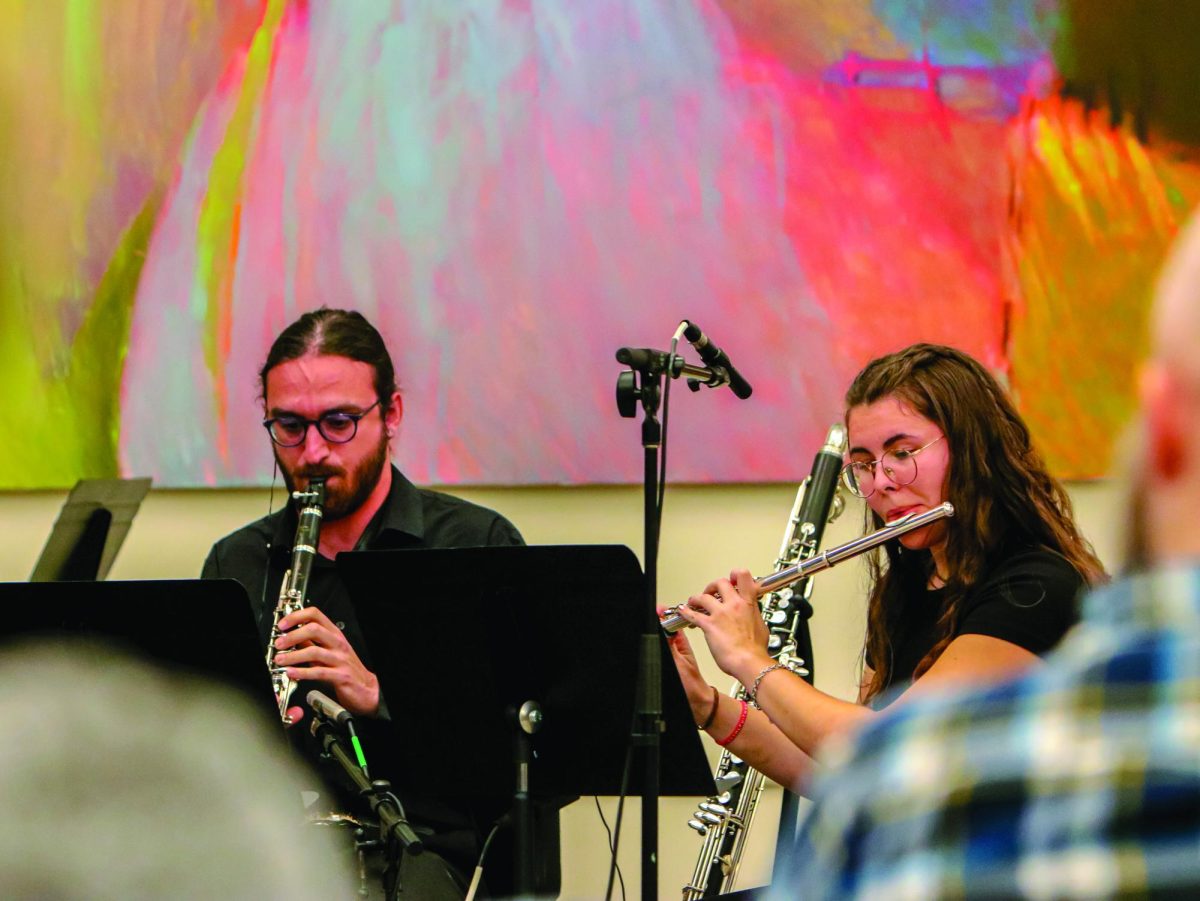GV highlights Donna Ferrato’s activism photography
Oct 11, 2021
The second event of Grand Valley State University’s “On The Wall Artist Talk Series” featured award-winning photojournalist and activist, Donna Ferrato.
On Oct. 5 from 12:00-1:00 p.m. Ferrato spoke with students via Zoom about her creative process, how her work is influenced, and her anti-violence advocacy efforts.
This specific talk was supported in part by the Center for Women and Gender Equity at GVSU as one of many events being held during Domestic Violence Awareness Month.
For more than 30 years, Ferrato has documented domestic violence and its impact through photography. Her work has been featured in numerous publications including Time Magazine, Life Magazine, People Magazine, and The New York Times.
In 1991, Ferrato published a book of her work entitled “Living With the Enemy” that sparked a national conversation about women’s rights and sexual violence.
Ferrato said that her start in the world of photography was gradual.
“When I began working, I was a legal secretary, married, and supporting my husband through law school,” Ferrato said. “After he graduated, I realized I didn’t want to be a lawyer’s wife, didn’t care about the security of marriage, and took a long hike to Europe and back with my camera, living by my wits. When I came back to New York City in 1978, I knew I was a photographer. There was no going back.”
When it comes to the inspiration behind her photography, Ferrato credits her love and respect for people, their rights and feeling the need to document what she sees as unfair or immoral.
She said her favorite photograph she ever documented is of a boy, Diamond, shouting at his father for hitting his mother after he called 911 to help her.
“It speaks to the emotional trauma kids experience when they see their mothers being abused,” Ferrato said. “I hope it makes people more aware of children’s feelings.”
Ferrato first got into photographing domestic violence when she witnessed a man hitting a woman. The first thing she thought of to do to make him stop, was to document him in the act.
When photographing didn’t stop the incident, Ferrato said she took the matter into her own hands and stepped in. She grabbed his arm and told him to stop. He didn’t hit the woman again in front of her.
“He believed he had the right to control, intimidate and abuse her because he paid the bills,” Ferrato said. “He was the man of the house. But if I hadn’t gotten that photograph of him hitting her, no one would ever believe that he would have ever done such a thing.”
In order to capture these moments, Ferrato said she watches carefully to try and anticipate what could happen next.
“I photograph the good, the bad and the ugly,” Ferrato said.
Photography as a form of activism has helped spread word and spark discussions on many issues — and women’s rights and domestic violence are no exception.
“A photograph has great power to change what people think, to open minds as well as eyes,” Ferrato said. “That’s why I keep doing it, why I work so hard to get the strong images that will make people stop and think.”
Ferrato encourages students who are interested in using photography as a form of activism and expression to take charge and go for it.
“Believe in yourself, keep an open mind and push for as many pieces of the truth as possible,” Ferrato said.
She said that she hopes those who were in attendance for her lecture will stand up, be vocal, support women’s rights to decide their own destiny, and fight against man’s inhumanity to womankind.
She also said she hopes that they will “work with passion and never be afraid of doing hard work.”
Ferrato’s work will be on display in the exhibition “Donna Ferrato: Unbeatable” in the Kirkhof Center Wall Gallery now through March 4, 2022.





